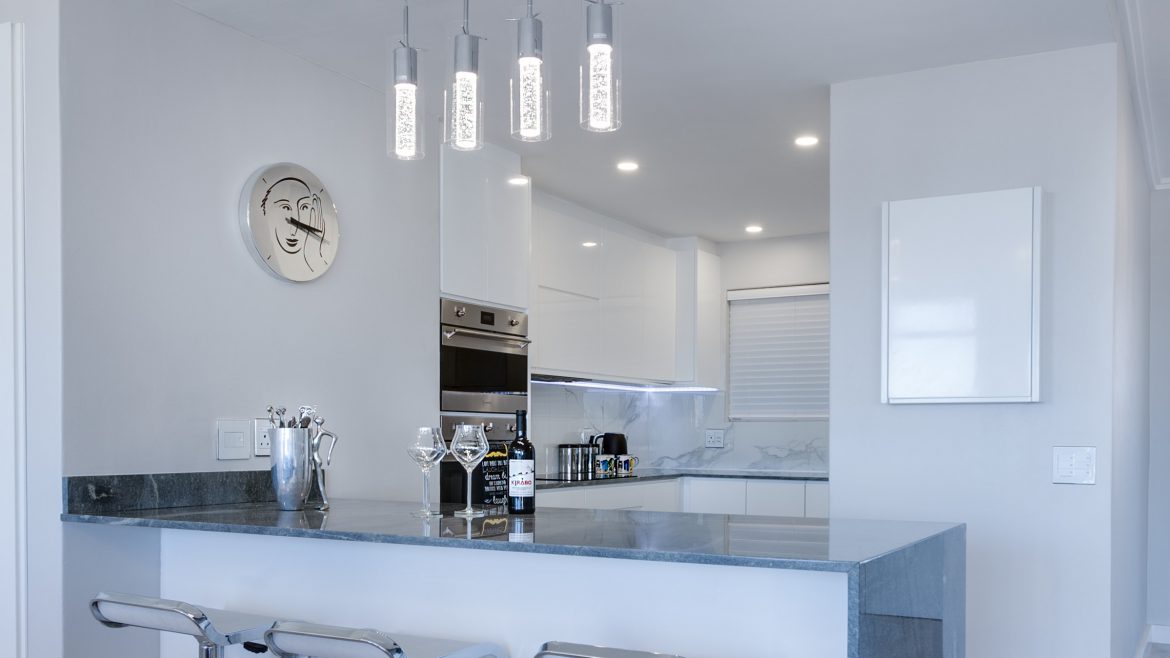Staying warm without breaking the bank
https://imaginahome.com/wp-content/uploads/2021/01/Warm-house.jpg 623 718 Nisha Muire Nisha Muire https://secure.gravatar.com/avatar/09971b406125a2f92a37bf65b08fd3c3?s=96&d=mm&r=gWinter in Toronto is decidedly cold. The seasonal drop in temperatures across the country can cause debilitating spikes in heating costs. To keep your home heating costs steady through the year, there are a number of little things you can do during the winter months.
Seal windows/doors
One of the best ways to minimize a hike in heating costs when Toronto temperatures drop is to make sure your windows are properly sealed and your doors have weather stripping. If you are unable to add/replace the weather stripping on your doors, then get draft blockers to make sure that any cold air entry points are blocked off.
Using drapes/blinds properlya
You can also pull the drapes/blinds on windows that don’t get direct sunlight. By keeping the drapes/blinds drawn you will prevent any possible cold air from seeping into the room. Conversely, if you have windows that get a lot of direct sunlight – be sure to keep those blinds/drapes open. The sunlight will create passive heat that can help raise the temperature in your home even on the coldest days.
Thermostat regulation
If you don’t mind waking up chilly, you can turn your thermostat down at night. Wait for as long as possible after you get up to turn them up again. If you don’t like the cold air first thing in the morning, then program your thermostat to turn on a half hour before you get up. If you are susceptible to the cold and don’t relish the thought of turning the heat down at all, then you could keep your thermostat steady at a lower temperature throughout the day.
Residual heat
Baking is a good way of warming up your home without turning up the thermostat. While it is unsafe to use your oven as a method of heating your home, by baking more often you can organically benefit from the heat produced. Once your baking is done, leave your oven door open to better help disperse the heat into your kitchen.
Dress warm!
Dressing in layers is a great way to stay warm. Instead of turning up the heat in your home, wear a sweater over a T-shirt. Wear wool or cotton socks to help your feet breathe. Use slippers to keep your feet warm. If you are prone to being chilly, you could also wear a warm hat to keep your body temperature even.
Be strategic
Another way to stay warm without raising the heat in your Toronto home is to keep blankets readily available in every room. Blankets are especially good for when you are doing low energy activities such as watching TV or working on a computer.
Stay active
Exercising regularly will automatically raise your body temperature and help you to withstand the cold.
Water and heat
If you feel really chilled, a good way to raise your body temperature quickly is to soak in a warm bath or to take a warm shower. You could also use a heating pad placed strategically on your feet to warm yourself up.
Keeping energy costs down in your Toronto home is always a challenge during the winter. However, by using a few of the tips mentioned above, you can mitigate the more drastic energy cost swings you would otherwise experience.









